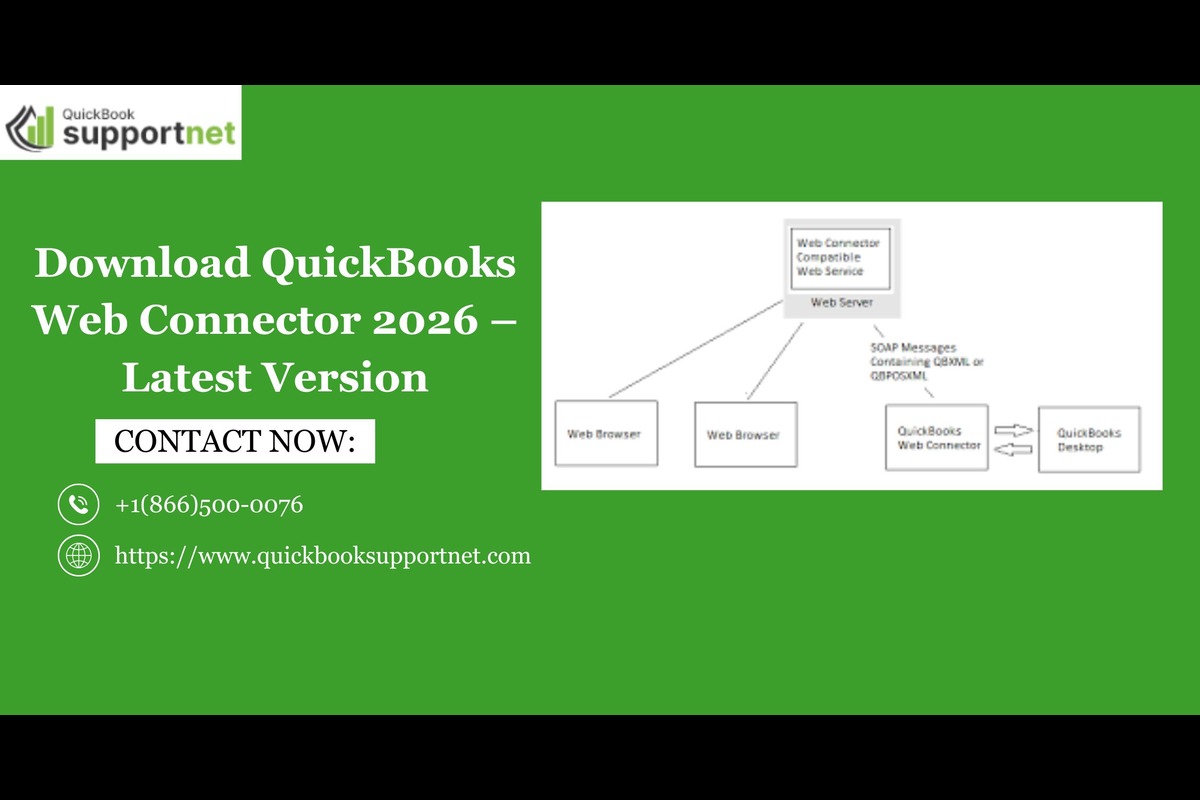
Mastering Revenue Cycle Management in the USA: A Key to Healthcare Success
In the complex landscape of American healthcare, Revenue Cycle Management (RCM) plays a crucial role in ensuring the financial health of medical organizations. From patient registration to final payment, RCM encompasses every administrative and clinical function that contributes to capturing, managing, and collecting revenue.
What Is Revenue Cycle Management?
Revenue Cycle Management is the process by which healthcare providers track patient care episodes from registration and appointment scheduling to the final payment of a balance. Effective RCM streamlines processes such as insurance verification, coding, billing, claim submission, payment posting, and denial management.
In the United States, where healthcare is highly regulated and insurance-driven, mastering RCM is not just a back-office function—it’s a strategic imperative. With rising costs, declining reimbursements, and increasing compliance demands, healthcare organizations are under pressure to optimize their revenue cycles to remain sustainable.
The RCM Process Explained
The RCM cycle typically includes the following key steps:
Pre-Registration & Insurance Verification: Ensuring the patient’s insurance is valid and covers the required services.
Charge Capture & Coding: Accurately documenting and coding all services rendered using CPT, ICD-10, and HCPCS codes.
Claim Submission: Submitting claims electronically or manually to insurance payers.
Payment Posting: Recording payments from patients and insurers.
Denial Management: Identifying, analyzing, and addressing claim denials.
Patient Collections: Managing outstanding patient balances and setting up payment plans.
Challenges in the U.S. RCM Landscape
Healthcare providers in the U.S. face several RCM challenges:
Frequent payer policy changes and regulatory updates
High rate of claim denials, often due to coding errors or eligibility issues
Complex prior authorization requirements
Lack of automation in some healthcare settings
Patient payment responsibility is increasing with high-deductible health plans
Without a strong RCM strategy, these challenges can lead to revenue leakage, increased days in A/R (Accounts Receivable), and patient dissatisfaction.
Technology’s Role in Modern RCM
Today’s healthcare organizations are turning to AI-powered RCM platforms and automation to enhance accuracy and efficiency. Technologies such as robotic process automation (RPA), predictive analytics, and machine learning are transforming how claims are processed, denials are prevented, and collections are optimized.
Integration with Electronic Health Records (EHRs), real-time eligibility verification, and automated coding tools can significantly reduce manual errors and administrative burden.
Why RCM Matters More Than Ever
In the U.S., the cost of care continues to rise while reimbursements decline. A robust RCM system ensures providers are reimbursed promptly and accurately for the services they deliver. It also improves cash flow, enables better resource planning, and enhances the patient financial experience.
Outsourcing RCM services to specialized partners can also bring scalability, compliance expertise, and faster collections—freeing providers to focus more on patient care.
Conclusion
As the U.S. healthcare industry evolves, efficient Revenue Cycle Management in USA is no longer optional—it’s essential. Providers that invest in intelligent RCM solutions and processes are better positioned to navigate financial pressures, improve patient satisfaction, and achieve long-term success.
Leave a Reply
Please login to post a comment.












0 Comments